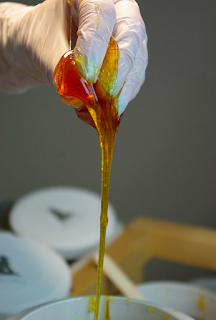Andrew Edgar on the homogenisation of beauty in sport
In anticipation of our third workshop on 'the globalisation of beauty', we asked our speakers and participants to consider whether conceptions of beauty are becoming more global. Here Andrew Edgar, lecturer in philosophy at the University of Cardiff, addresses this question from his own specialism in the philosophy of sport.
Question: Is it still the case that there are significant cultural differences in dominant beauty norms and ideals or are beauty norms becoming increasingly homogenised and global? If so what are the drivers of this? Is it a westernised norm? Are there key ethical, legal or practices issues which arise in this context?
Question: Is it still the case that there are significant cultural differences in dominant beauty norms and ideals or are beauty norms becoming increasingly homogenised and global? If so what are the drivers of this? Is it a westernised norm? Are there key ethical, legal or practices issues which arise in this context?
Addressing this
question from my own specialism of the philosophy of sport, I would suggest
that there is an identifiable process of homogenisation in the shaping of the
ideal athletic body. Over the second half of the twentieth century
and early twenty-first, the muscle definition of both the male and female
athlete's body, across many sports, has increased. This may be due, in part, to the implementation of
rationalised and scientific training methods across professional sport, but
that in itself may be serving to normalise an aesthetic valuation of the
body. Muscle definition is
perceived as being more expressive of what it is to be an athlete, the
rationalised body being at once more powerful and more beautiful. Crucially, changes in sporting clothing
also lead to this athletic body being displayed more openly. Consider the running kit of female
track athletes and most obviously the uniforms of female beach volleyball players,
or the skin tight shirts worn by male rugby and soccer players. Ethically, the promotion of this as an
ideal body shape raises concerns in the pressure to conformity that it may
imply, and the promotion of a deceptive image of the health body. (However, it may be noted that there
remain a few significant exceptions to this homogenisation. New York Yankees' pitcher C.C.
Sabathia's 6'7'' and 290 lbs are worth a second look.)
If you would like to contribute on this topic and write a post for us please email Ruth Wareham



Comments
Post a Comment